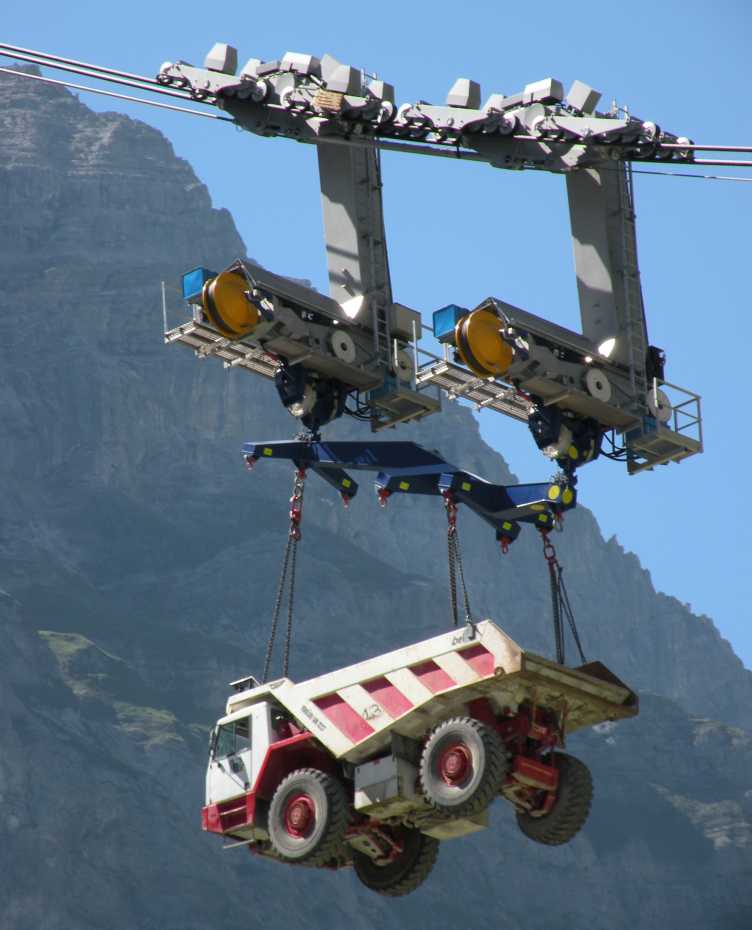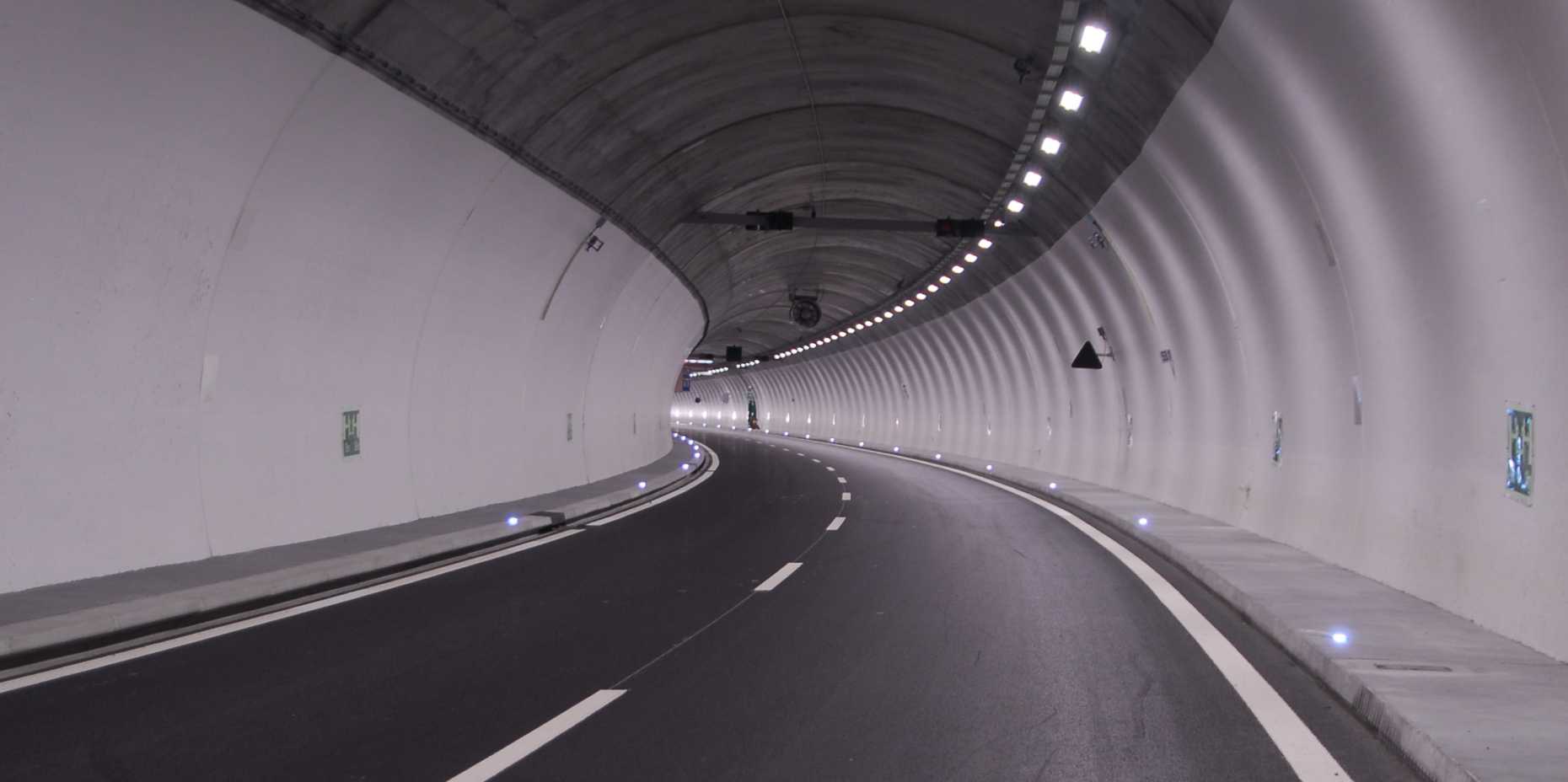A land of tunnels
The Swiss are a nation of tunnel constructors. With its book Tunnelling Switzerland, the Swiss Tunnelling Society sets out a comprehensive record of Swiss tunnel construction described in more than 90 projects.
In 1707, Pietro Morettini blasted the first tunnel in the Alps, the famous Urnerloch. Since then, Switzerland has been perforated with more holes than the proverbial Swiss cheese. If nothing else, the political will to connect regions separated by mountains has resulted in the creation of more than 1,300 tunnels and galleries over the years, with a total length of about 2,000 km. Based on this long tradition, the Swiss have an international reputation as excellent tunnel constructors. Not only are the fundamental concepts of Swiss standards used for underground mining worldwide, but local engineers are currently also proving their skills by building the world’s longest train tunnel.
An engineer's perspective
Tunnelling Switzerland introduces 90 Swiss tunnel projects that have been completed in the last 15 years or are still under construction. “Our intention was not simply to design a coffee table book, but to emphasise the technical specifications of each project so that the book can act as a reference work,” explains the editor, Georgios Anagnostou, professor of tunnelling at ETH Zurich. The engineer believes that tricky projects have a particular appeal and cites the example of the cross-city link in Zurich. “The excavation under the main train station – where there was already a great deal of existing infrastructure – and under the Limmat – where the ground moraine exhibits a very low cohesion – was a unique challenge,” says Anagnostou, who was involved in the project as an expert.
Large tunnels and small galleries
Road and railway tunnels make up the majority of the projects described, including famous tunnels such as the Ceneri and the Gotthard base tunnel but also smaller projects including the Moutier tunnel. The book contains the most important key data, a description of the conditions, information on the geology, hydrology and construction work, pictures of the geological profiles, cross-sections, maps and photos of the construction sites and completed tunnels.
In addition, the authors also describe power plants with wide shafts and caverns or galleries for flood protection with only a small diameter but which must cut through loose rock or withstand high pressure. Anagnostou also sees the secret of the success of Swiss tunnel builders in the diversity of tasks and projects, and more than 150 years of uninterrupted tunnel construction activity. “In Switzerland, construction takes place on a daily basis under cities, in the high mountains and in the central plateau. The conditions and requirements change meaning that engineers are forced to search constantly for new solutions.”
Reusing excavation material

Swiss tunnel construction continues to evolve. The idea of the reuse of excavated material has existed since the 1950s: at that time, a small amount of material was used as aggregate for concrete. During the building of the Vereina tunnel (1991-1999), the excavated material was also used as track ballast, which is much sought after in Switzerland.
Even more material was reused in the construction of the Gotthard base tunnel, and the environment protected as much as possible in the process, using the same approach as for glass collection points: the material was separated and classified by usability, cleaned and then processed into concrete. All the shotcrete for excavation support and all of the inner vaulting of the base tunnel was obtained from excavated material. About a quarter of the excavation was recycled – a unique success.
Important risk management
Tunnelling involves many unknowns and thus risks. Work accidents can never be ruled out, the building site may have an unexpected adverse characteristic or the financing spirals out of control. Morettini experienced this: although he was able to open the 64-metre long tunnel after 11 months, the Urnerloch cost 3,080 French coins instead of the 1,680 agreed. Nowadays, project-based risk management covers all possible risks. Anagnostou says: “Uncertainties are part of tunnel construction. While we previously took a rather intuitive approach to risks, today we systematically record, communicate and reduce dangers.”
Reference
Tunnelling Switzerland. Georgios Anagnostou, Heinz Ehrbar (Hrsg.), vdf, 492 pages, format 21.2 x 30 cm, hardcover, CHF 75.00, ISBN 978-3-7281-3547-6


